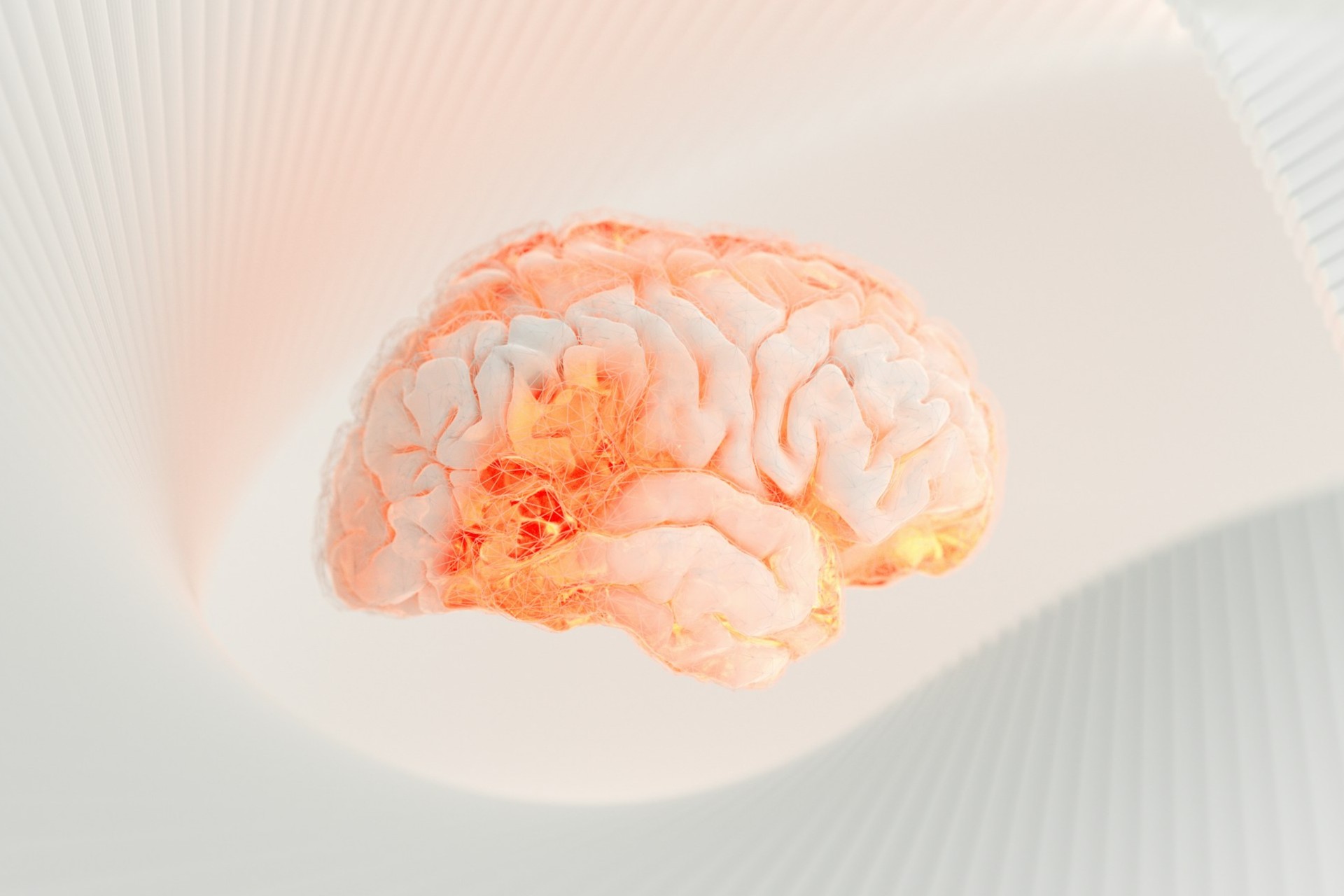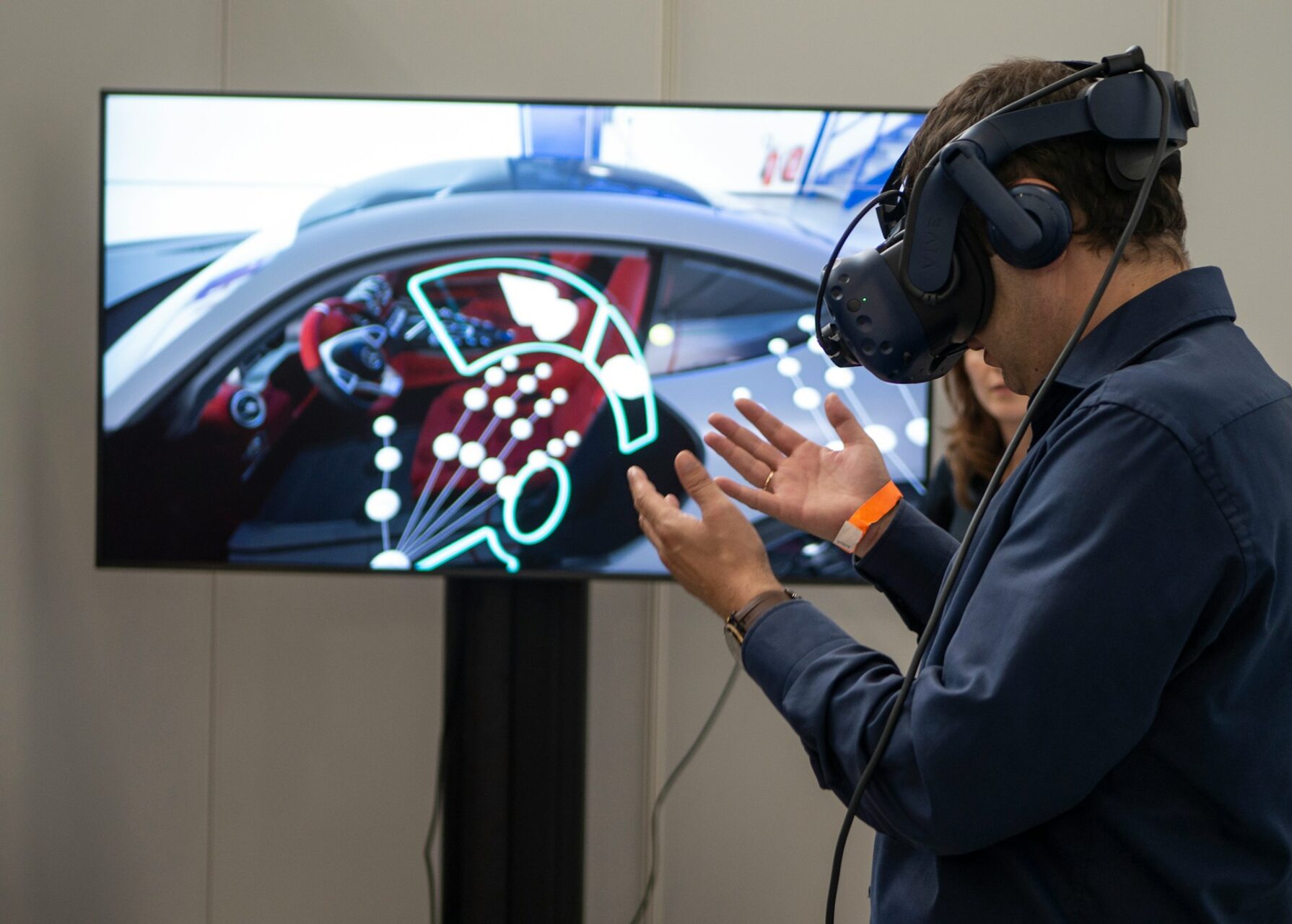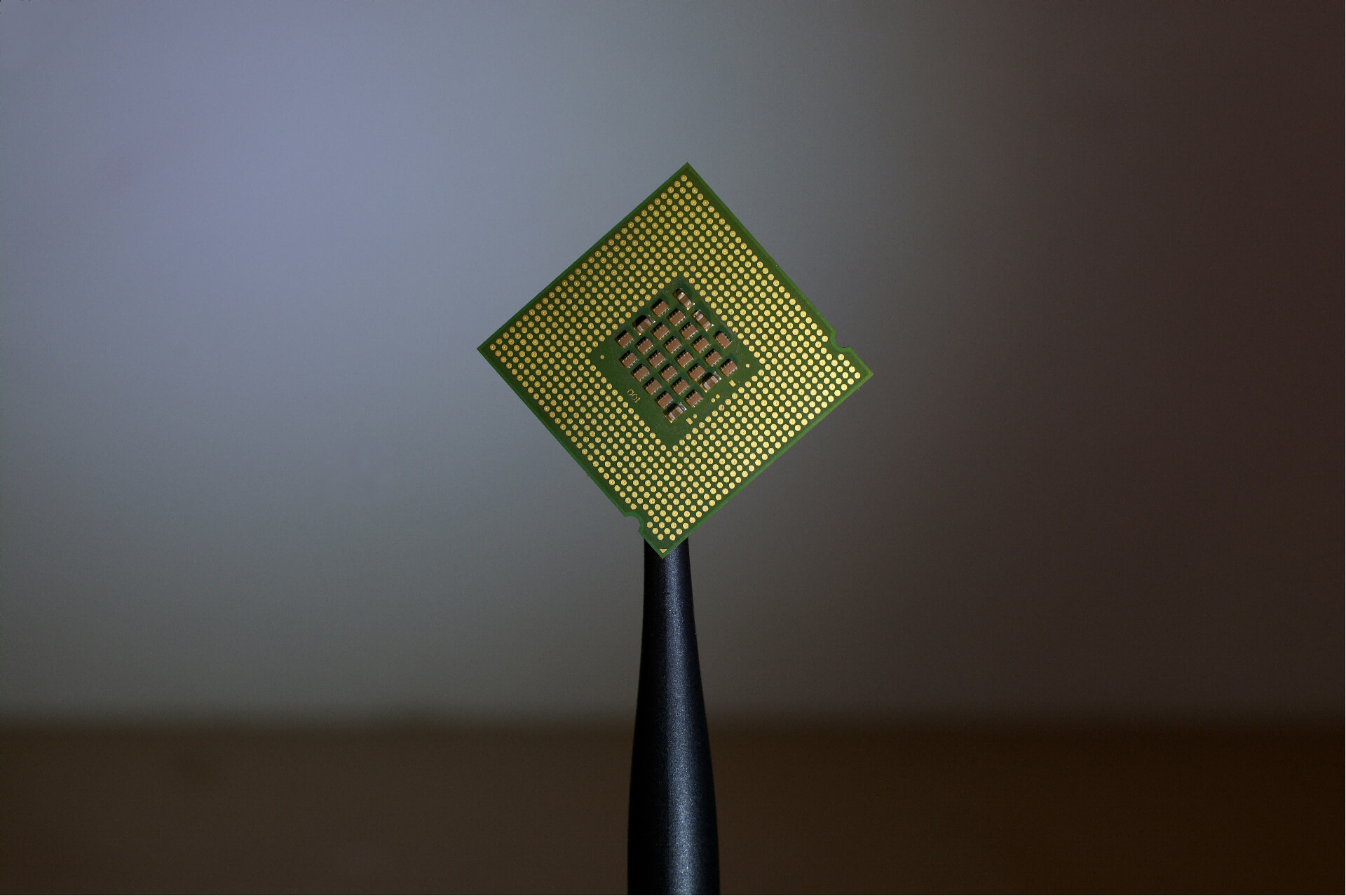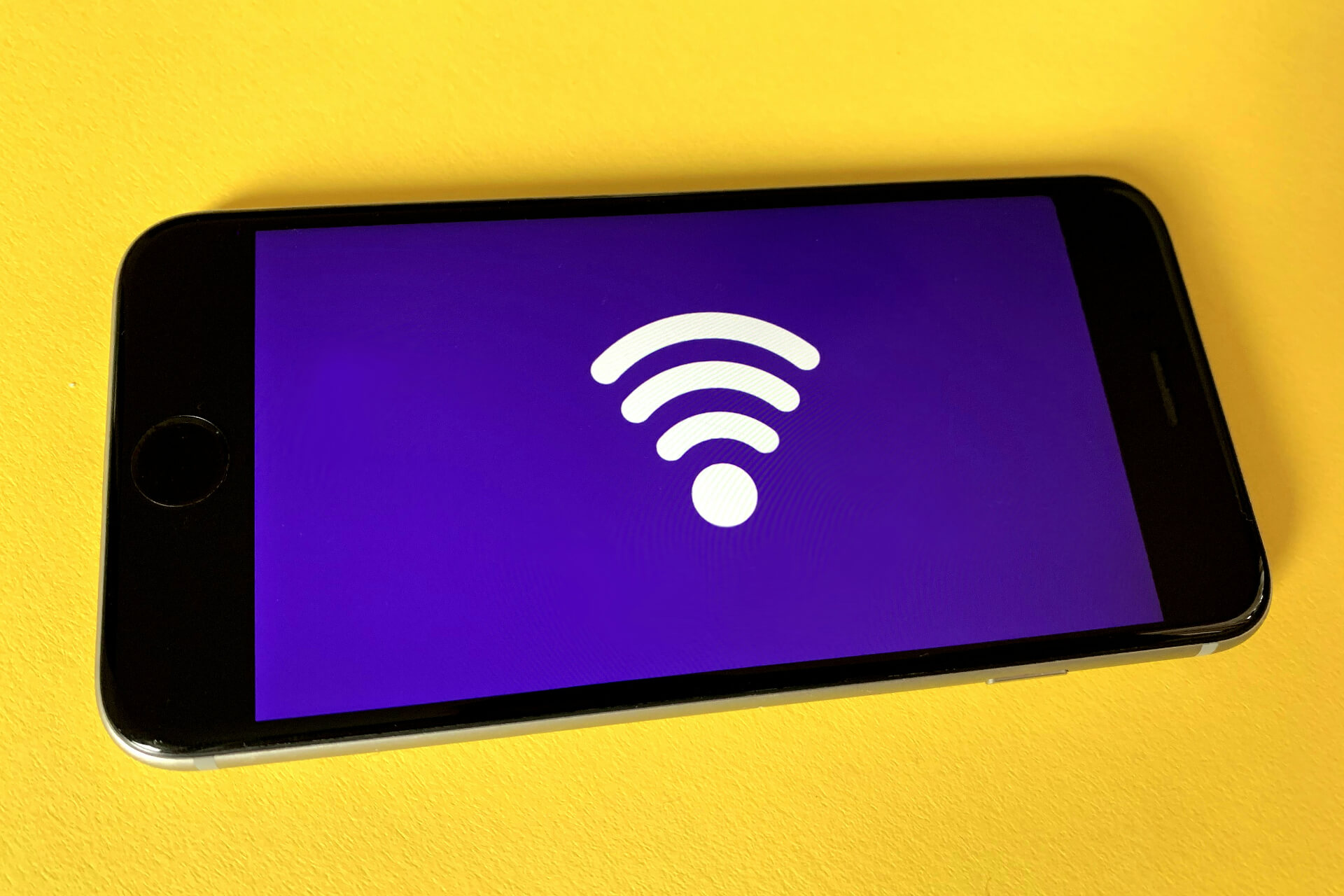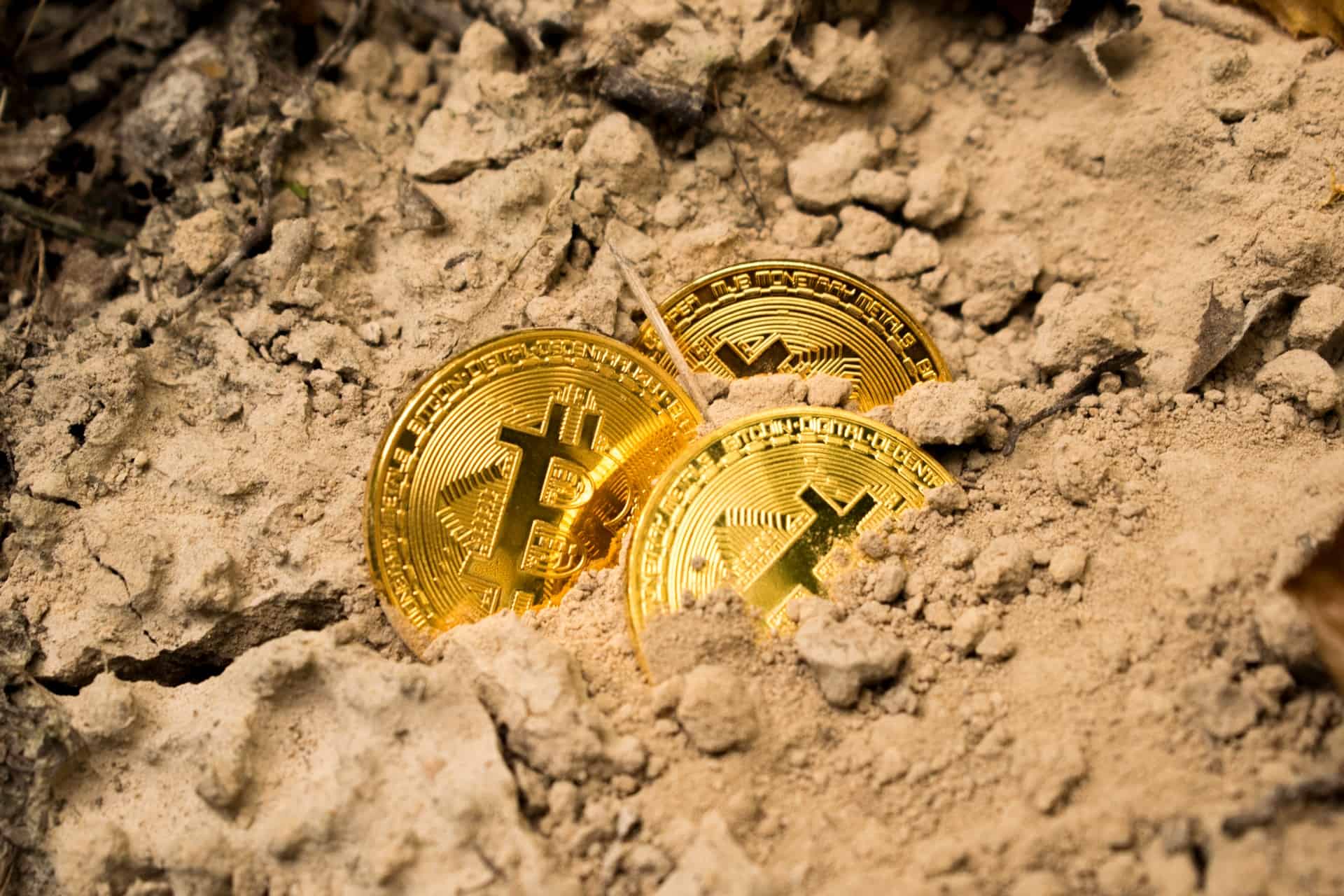
What is Bitcoin Mining and What are Its Benefits?
October 14, 2021 - Revolutionized Team
Revolutionized is reader-supported. When you buy through links on our site, we may earn an affiliate commission. Learn more here.
Cryptocurrency is one of the biggest hot-button topics of the modern age. Investors think it’s a way to get rich quickly. Banks aren’t sure what to make of it, businesses have started accepting bitcoin payments in an effort to appeal to these investors, and some governments are on the offensive. China recently declared that all crypto-related transactions are illegal, leading to a slight dip in Bitcoin’s value as investors in the country rushed to dump all of their holdings.
Before we get into the drama surrounding Bitcoin, it’s important to understand how people are actually getting their hands on bitcoin and other cryptocurrencies. What is bitcoin mining and what are the associated benefits? Here’s what you need to know to get started.
What is Cryptocurrency?
Before we can look into what bitcoin mining is and what benefits it might offer, it’s important to understand what cryptocurrency is. Experts define cryptocurrency as “a digital currency in which transactions are verified and records maintained by a decentralized system using cryptography rather than a centralized authority.”
In traditional currency, banks, the federal government or some combination of the two, control records and transactions. Crypto cuts banks and other official controlling systems out of the loop. It uses a digital file as a type of currency. Decentralized control means large groups of people use the blockchain to control cryptocurrencies. A single person or group no longer has the controlling authority.
Blockchains work differently than typical databases. As new information comes in, it goes to its won ‘block,’ getting added to to the chain in chronological order. Decentralized blockchains like the ones used for cryptocurrency have irreversible data. All transactions get permanently recorded and remain available for anyone to view. Granted, people have found security problems in blockchain systems. Even so, it’s one of the safest ways to operate on the internet.
A Surprisingly Long History
Bitcoin took the world by storm in 2009. However, it wasn’t the first cryptocurrency on the market. That title belongs to eCash, developed in 1983 by David Chaum as a tool for anonymous money transfers over the internet. The crypto element came via blind signatures that retained security while allowing participants to maintain their anonymity. However, the term ‘cryptocurrency’ only emerged in 1998.
When the Great Recession of 2008 happened, people wanted to maintain and build their wealth without the participation or interference of the banks they had lost confidence in. Bitcoin hit the market in 2009, and the rest, as they say, is history. Today, there are more than 10,000 cryptocurrencies worth a collective $1.9 trillion.
What is Bitcoin Mining?
People most commonly obtain conventional currencies by earning them or receiving them as gifts. With Bitcoin and other cryptocurrencies, there is a third option — mining. This might evoke images of coal mines, pickaxes and canaries. However this type of mining doesn’t require holes dug into the ground. Instead, bitcoin miners use powerful computers to solve complex blockchain mathematical problems. Multiple computers can work on the same problem at once. The one that solves the problem and adds to the blockchain ledger get some Bitcoin as a reward.
In many ways, bitcoin mining is not unlike mining for other valuable resources. You operate relatively blindly, hoping to find something that can make you a lot of money. The level of difficulty depends on the number of miners and the amount of computing power available at any given time. If there are fewer miners, it becomes easier to mine up new Bitcoin. More miners mean more difficult problems, and it becomes harder to obtain Bitcoin.
The amount of Bitcoin a miner receives for solving a problem halves every four years after 2,016 blocks get mined. In 2012, solving the problem would net you 25 bitcoin. In 2016, that halved to 12.50, and in 2020 it halved again to 6.25. Now, 6.25 bitcoin is nothing to sneeze at when one Bitcoin right now (As of September 30th, 2021) is worth more than $43,000. If mining continues at the current rate, with halvings occurring every four years, the last Bitcoin block is predicted to be mined in 2140.
Benefits of Crypto Mining
While you can invest in crypto or buy it outright with cash, mining your own has a number of benefits.
Building a rig designed specifically for bitcoin mining can represent a significant investment — largely because of cryptocurrency mining as a whole. The graphics processing units or GPUs found in graphics cards have a higher hash rate than CPUs, making it easier to mine for crypto faster. This has increased the demand for these video cards, driving up prices and creating an artificial scarcity. It is still possible to obtain a graphics card, both for mining and for gaming purposes, but expect to pay hundreds or even thousands of dollars for something that used to be relatively affordable. Still, playing a couple of thousand dollars for a cryptocurrency mining rig that has the potential to make you a lot of money is a lot less expensive than buying crypto outright.
Unlike cash or even some digital transactions, blockchain transactions used for cryptocurrency are impossible to counterfeit. Additionally, if someone tries to pull a fast one, every transaction is recorded, entirely unchangeable, and available for the public to peruse.
Cryptocurrency also has lower fees than traditional banking, especially if you’re mining it yourself, and unlike standard currency that is controlled and insured by the banks, your assets cannot be frozen should the situation ever arise.
Unlike credit and debit cards, Bitcoin and other cryptocurrencies are identity-theft proof. Credit uses pull methods to access your funds, leaving them vulnerable to theft, especially where RFID -enabled cards are concerned. Crypto pushes the purchase through so there is less risk and less opportunity for identity theft.
Getting Started as a Bitcoin Miner
What does it take to get started as a cryptocurrency miner? Thankfully, you don’t need to be a mathematician or programmer. You do need a fairly powerful computer with a high-end video card, as well as enough ram and memory to manage the mining software. Most mining programs prioritize the GPU over the CPU but you don’t want to try to pair a good video card with a crappy processor. It will just make your job harder.
Next, choose mining software. Do your research here. There are a lot of different options on the market right now — some are great for beginners while others will require a more comprehensive knowledge of the mining process.
Finally, take some time to learn the ins and outs of the process. Initial investment aside, this isn’t something that you’re going to want to jump in on a whim or half-cocked. It’s very easy to lose a lot of money if you’re unprepared or don’t know what you’re doing.
What Does the Future of Crypto Look Like?
Right now, the future of crypto as a whole is up in the air and could go one of two ways. On the one hand, it could continue to grow, making average Joe’s and Jane’s into millionaires, reshaping the way the economy moves and grows. On the other hand, if the recent events in China set any sort of precedent, we could be seeing the beginning of the end for cryptocurrency as a whole. Only time will tell. Now is as good a time as any to get involved in cryptocurrency if it’s something you’ve been on the fence about investing in.
Just remember to use the same rule of thumb that you would use in Las Vegas or when investing in the stock market — only gamble with money you can afford to lose.
Revolutionized is reader-supported. When you buy through links on our site, we may earn an affiliate commission. Learn more here.
